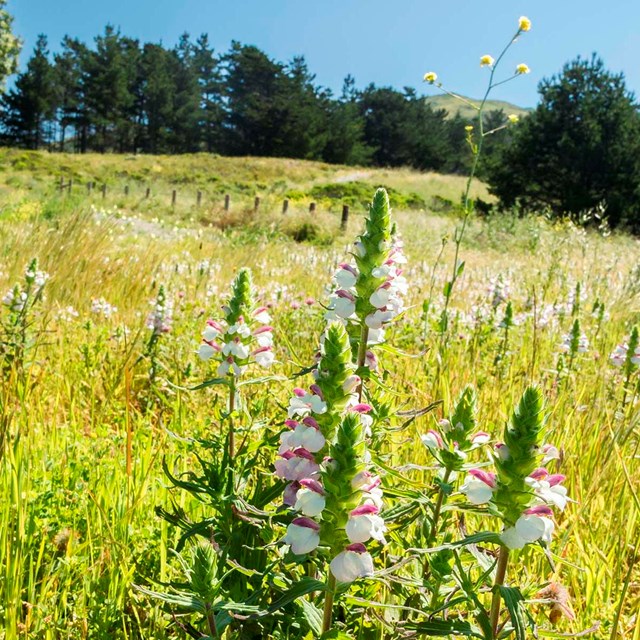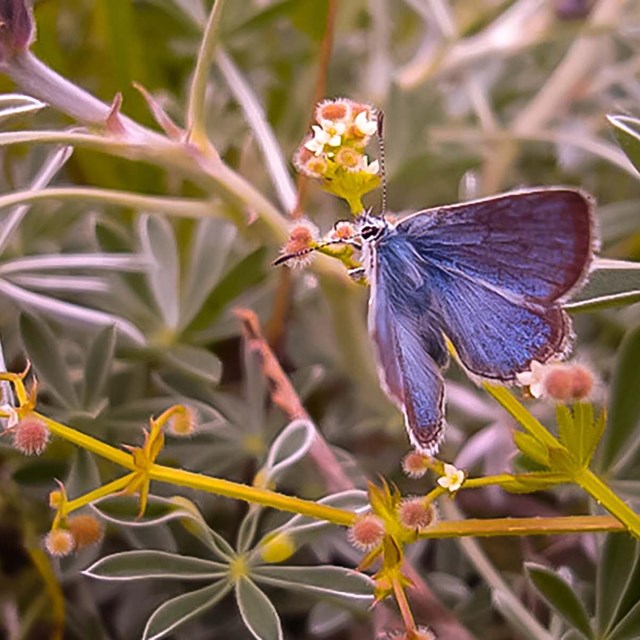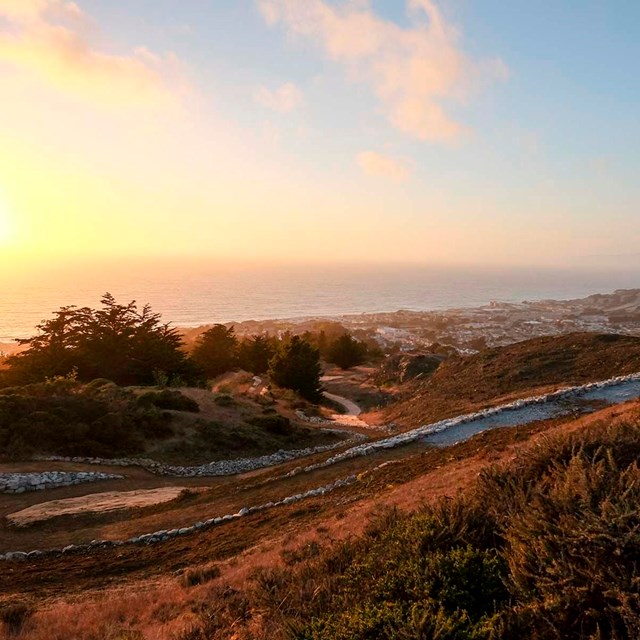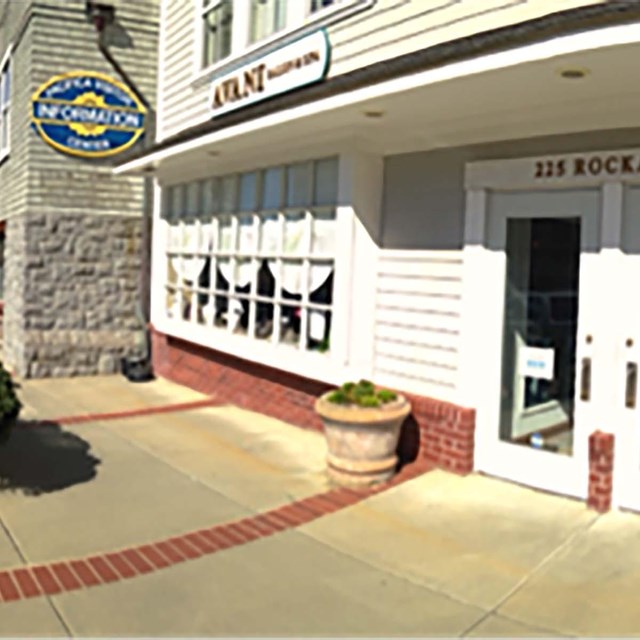|
Surrounded by urban development, Milagra Ridge forms what biologists call an island ecosystem. Here, wildlife is isolated from other habitats, feeding and migration corridors are compromised and exotic species can easily invade native habitat. Despite this isolation, Milagra Ridge hosts a surprising number of threatened and endangered species including Mission blue and San Bruno elfin butterflies and the California red-legged frog. Milagra's proximity to urban development, its limited size and its rare wildlife make it exceptionally sensitive to human disturbance. Therefore, visitors are required to stay on trails and pets must be leashed.
Native Ohlone people inhabited the land we now call Millagra Ridge and Pacifica for thousands of years. Their lives probably included seasonal harvesting of seeds, greens and fruits and harvesting local animals. In the late 1700s, the Spanish missions of San Francisco de Asis established farms in the area, and the hills of Pacifica became part of Rancho San Pedro. Livestock grazing began a agricultural era that lasted until the mid-1900s. Artichokes were grown atop Milagra Ridge until 1938, and the furrows can still be seen today. In the late 1930s, the United States Army aquired Milagra Ridge as part of a project to defend the San Francisco Bay. Several In 1948, 6-inch guns were mounted at Milagra Ridge, only to be removed between 1949 and 1950. In 1956, Nike Missile Site SF-51 was established at Milagra Ridge. These surface-to-air missiles were protection against attacking aircraft during the Cold War. The site was converted to the nuclear-capable Nike-Hercules system in 1958. The entire area was fenced with barbed wire and patrolled by guards with trained dogs. The National Guard managed the area from 1963 through 1974. The buildings were demolished, the launch elevators were buried, the asphalt was removed, and the site was given to the City of Pacifica as an open space park. In 1987, Milagra Ridge became a part of Golden Gate National Recreation Area.
The restoration of Milagra Ridge is a collaboration with nature to support the indigenous plants, animals and processes. Students from local high schools help restore indigenous plant habitat on Milagra Ridge, which in turn assists in the protection of the ridge's endangered species. Throughout the year they work in the Oceana Nursery and participate in every phase of the restoration cycle, from collecting seed to growing indigenous plants, and finally, to planting the young plants in the landscape. Land management of Milagra Ridge is shared with the North Coast Co. Water District, Pacifica, California. Looking For More Information
|
Last updated: September 10, 2021






